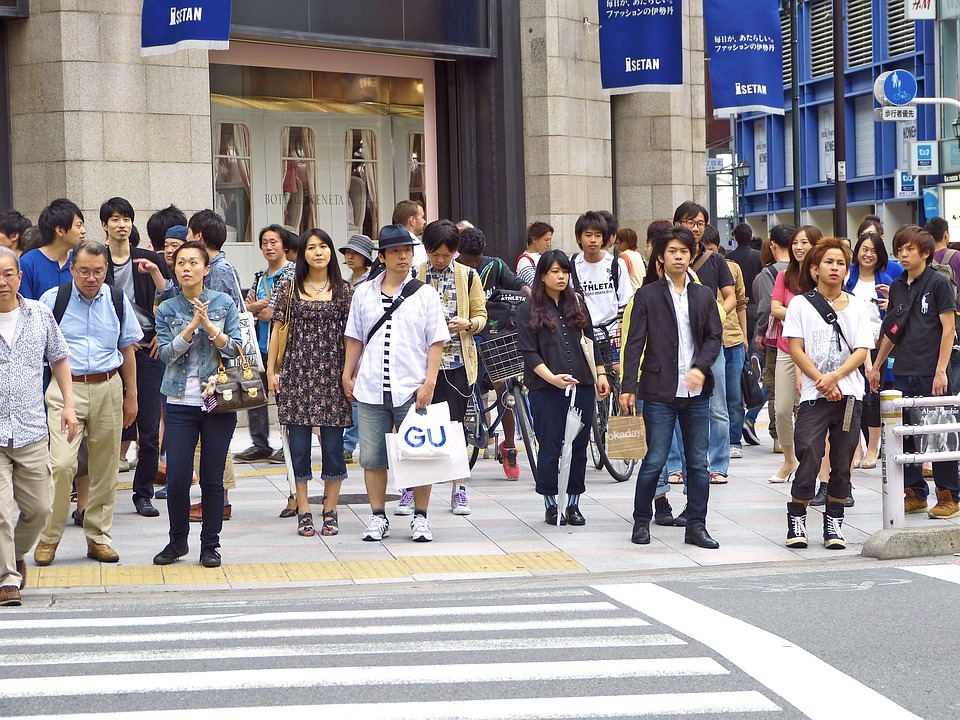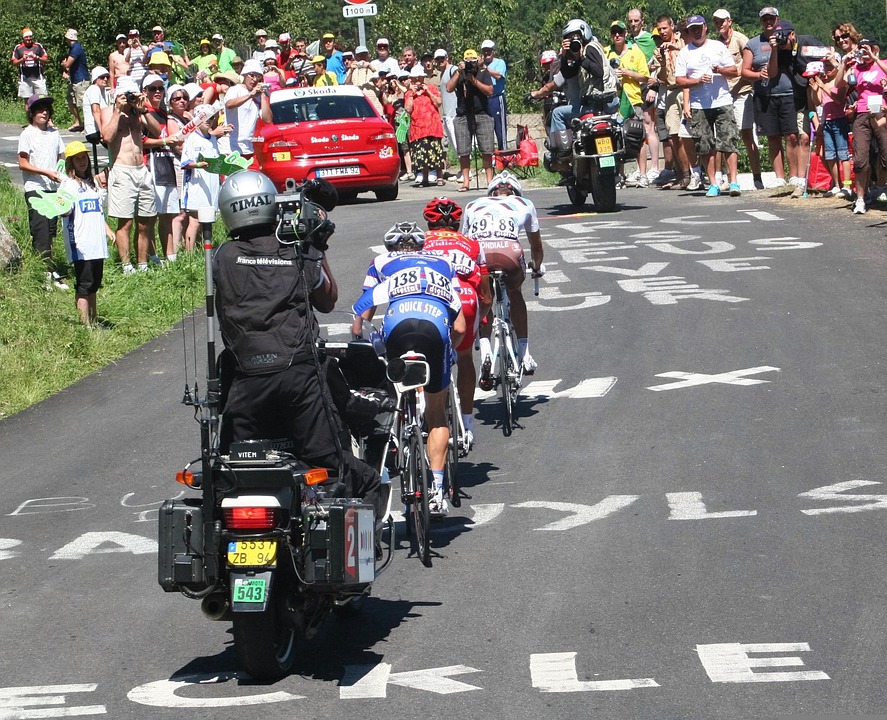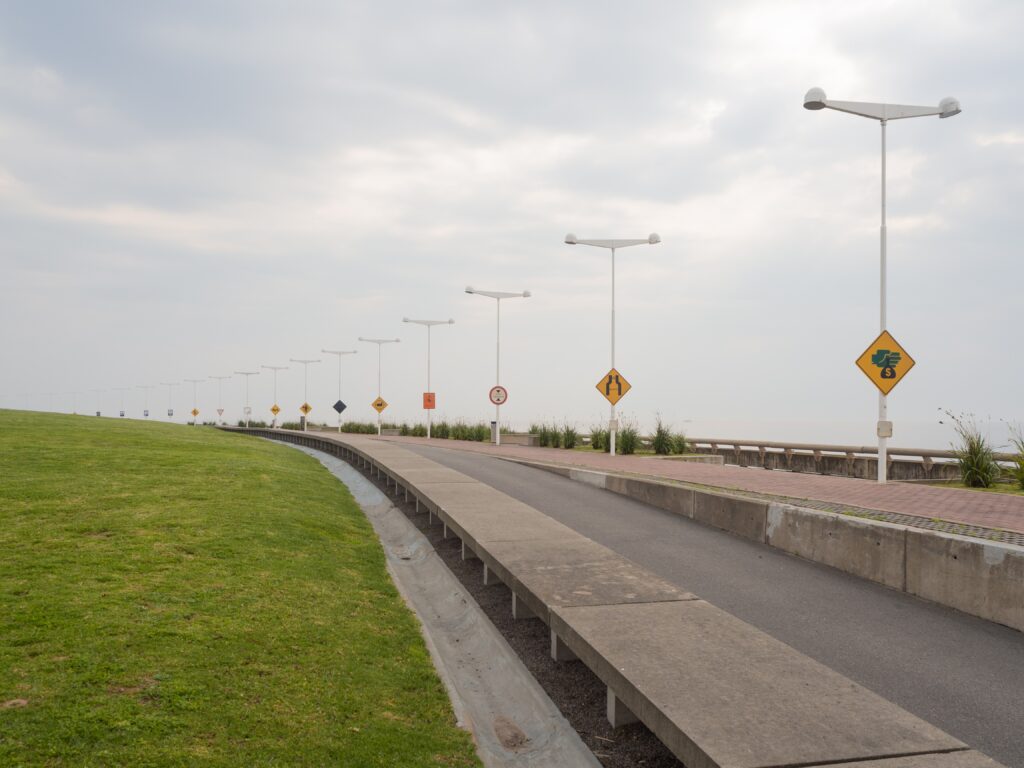What is meant by Safety Rules for Traffic?
Road safety rules are the techniques and measures employed to stop road users from becoming seriously injured or killed. Common road users include motorists, cyclists, pedestrians, vehicles, passengers in cars, horse riders, and passengers of public transport on the road (mainly trams and buses).
Safety Rules for Pedestrians Crossing the Roads
The most important method to prevent pedestrian fatalities and injuries is awareness. We can greatly lower the risk of being involved in a crash with a vehicle by adhering to traffic safety rules as well as being aware of dangers presented by vehicles in your immediate vicinity.
Be sure to keep sure that you are looking at drivers whenever you can, and ensure that they can see you. Pedestrians must abide by these safety rules:
- If you can, stay near the kerbs while keeping your back toward the traffic. If you must cross the road, look in both directions before you step.
- Wear that is light-colored, bright, or fluorescent during dim daylight conditions. If it’s dark, wear reflective items (e.g. wristbands, sashes and waistcoats, and jackets) that can be visible to drivers with headlights, as much as triple the amount as non-reflective ones.
- Young children shouldn’t be alone on roads or pavements. If you are taking your child out, make sure you walk between them and the road, and their hands are held securely. Put very young children in push-chairs, or use reins.
- Always take the footpaths as they are intended to be used by you. If there isn’t a footpath, take a walk along the right-hand side of the road to ensure that you can see the traffic going from the opposite direction.
- Crossroads where there are pedestrian crossings. They’ve been painted at a great price to make it easier for you.
- In areas where there aren’t pedestrian crossings, be aware of the traffic both ways and cross only when it’s secure.
- It is not recommended to traverse motorways or slip roads unless it is an emergency situation.
- Do not take a stroll on the main carriageway, as it can be fatal.
- Do not open newspapers or browse through signs while walking along the roads.
- Do not meet your strangers on the street. Transfer them to the footpath or side border.
- Don’t cross the main road when waiting for the bus. Keep to the footpaths at designated bus stoppages.
- When barriers block the road, you must cross only in the gaps designated for pedestrians. Don’t climb over barriers or cross them between the road.
- Don’t chase in the direction of a moving bus. Be aware of the safety rules of the road and enjoy your life to the fullest.
- You must not join or hold onto a vehicle that is moving.
- Don’t “Drink and Walk.” If you’ve had a drink in the past, consider taking a cab, or an express bus, or letting someone sober take you back home

Safety Rules to Follow for Zebra Crossings
If you are using any crossing, road safety rules state that you should ensure that the traffic has stopped before you begin to cross or drive a pram on the crossing. Always cross the studs or across the Zebra markings.
Do not cross at the end of the crossing or along the zig-zag lines because it could be risky. It should not be a nuisance on the zebra, pelican, or puffin crossings.
To Read More about Zebra Crossings Read: Why are Zebra Crossings Important for the Safe Crossing of Roads by Pedestrians in 2022?
Safety Rules for Drivers when Driving.
Be sure to carry your Driver’s license as well as important documents like the registration certificate of your vehicle when you drive. Make sure you plan of your route ahead of time and allow plenty of time to travel. It is recommended to verify before proceeding. Following road safety rules should be known.
- The driver’s seat mirror and steering wheel are correctly adjusted.
- Headrests are correctly adjusted to minimize the possibility of injuries to the neck in the case of an accident.
- All lights are functioning.
- The brakes, windscreen wipers, emergency exit doors, and tires work in a proper manner.
- Be sure to obey the traffic lights, signals, and as well as road-marking signs.
- Make use of hand signals or indicators for changing lanes.
- Observe the permitted speed limitations.
- Do not use your cell phone while driving, as it’s dangerous and an offense. It is against safety rules. In an emergency, use hands-free technology or park your car before making the call.
- Regardless of the rights of way, remain attentive and considerate of pedestrians, including older people, disabled women, and children.
- Don’t overfill your vehicles, be it baggage or even passengers.
- Do not wear tinted lenses, tinted glasses, or any other item that blocks a person’s vision at night or under poor visibility conditions.
- Do not consume alcohol or cigarettes when driving because it adversely impacts your judgment and performance. Do not drive under the influence of alcohol or drugs.
- Always fasten your seat belts.
- Make sure you drive with the appropriate gear.
- Do not brake abruptly and unintentional acceleration.
- Do not utilize the clutch as a footrest when driving.
- Please make sure that your children wear seat belts or are in a safe child restraint chair.

Safety Rules when Children are inside the Car
Drivers who carry children in cars should make sure that they follow the given safety rules:
- Children should not be seated in the back seats of the Estate car or hatchback, except if a child-specific seat has been installed.
- Child door locks that are safe, when installed, are to be utilized when kids are inside the vehicle.
- Children in vehicles should always be under the supervision and continuously monitored.
Safety Rules for Motorcyclists
Motorized two-wheelers are the most likely to suffer serious injuries, no matter the object he strikes, whether a cat, a pedestrian or a vehicle. The rider is at a speed greater than 15 km/h without protection.
Furthermore, the human body cannot withstand the forces created by the head, or any other bone gets hit by solid objects at speeds greater than 15 km/h. We can prevent accidents by following these guidelines:
- While driving, you must always have your Driver’s license and important documents, such as the registration certificate for your vehicle.
- SHOULD NOT transport more than one person as a pillion rider. They must be seated in the correct seat at the front of the machine, and be sure to keep your feet on both footrests.
- You should be as visible as you can from the sides, as well as from the rear and front. Wear a unicolored or white helmet. Wear brightly lit clothes or strips. Even in bright daylight, the dipped headlights could make you look more noticeable.
- Before moving, it is important to be aware of what’s behind you and to the side. Be aware of what is behind you. Use mirrors that must be installed.
- Wear reflective clothes or strips to increase your chances of being noticed when you’re in darkness.
- Do not drink and drive.
- Be sure to follow the signals for traffic, light, signs, and road markings.
- Beware of using a mobile phone while driving. If you must quickly turn to the left, stop and answer the call.
- Don’t ride at speedy speeds. You could be out of control and risk your life.
- Always use a helmet.
- Do not drive or drive your vehicle on the footpath.
- Do not leave your lane, don’t be impatient, and remain calm in case of traffic congestion.
- Make sure you have your lights on when you are riding at night.
- Learn to recognize the signals provided to other motorists and apply the same signals when riding.
- Don’t stop abruptly in traffic. Turn left and then slowed down.
- When you pass a stationary vehicle, ensure enough space for the car doors that may be opened suddenly.
- Don’t try to weave your way through stationary or slow-moving traffic. It could cause accidents.
- Slow down at the zebra crossing and, if needed, stop.
- Always keep your hands both on the handlebar, except when signaling.
- Do not let children sit in fuel tanks or in front of the Driver. Beware of using brakes when turning. If you must, ensure that the brakes are applied with care.
- Must wear a protective helmet. Helmets should be of the proper design per Regulations and must be secured.
·

Safety Rules Guidelines to Follow Regarding Helmets
- It shouldn’t interfere with the hearing.
- It should have lightweight.
- It shouldn’t be causing fatigue.
- It is not likely to cause skin conditions.
- It shouldn’t increase the likelihood of neck injury.
Safety Rules for Cyclists
- Do not use only one finger on the handlebar except when signaling.
- Make sure you keep both pedals on your feet.
- Do not be a driver who is following closely. Maintain a safe distance.
- Don’t carry anything that might impact your balance or become entangled with the chain or wheels of your bicycle.
- Stay clear of large and busy roads that are crowded with moving traffic.
- Be sure to stop before entering driving traffic from driveways, parking areas, minor roads, or behind a car or bus. You should only proceed if you are sure of your route.
- Take the left side of the road, in conjunction with other vehicles.
- If you’re traveling by a stopped car, be aware that doors could suddenly open.
- Be aware of stop signals and traffic lights just like all other traffic.
- Before turning left at a crossing, glance back at your shoulder and let the traffic coming from behind.
- Do not stop your bike at pedestrian crosswalks.
- Do not attempt to take over a car that is turning.
- Be sure to adhere to the signals when you spot them. Infractions of this are not just illegal but could be risky to your health.
- Don’t go to any street where you notice” No Entry” signs “No Entry” sign.
- Reduce speed at the zebra crossing – better stop if pedestrians are crossing the road.

Importance of Safety Rules for the Safety of People on the Road?
Road safety rules mean the protection of road users from accidents and injuries. It’s about preventing and preventing road accidents using all road safety measures. Anyone who is on the roads is a chance of being injured or killed. This includes motorists, pedestrians, cyclists, passengers, etc.
There is a belief that the brain of individual functions in a manner that informs him of the level of safety he has at the moment. Anywhere you go, no matter where you go, your personal security is something you must be aware of every single day.
Many of us are guilty of running over roads and ignoring the traffic signals, which can cause horrific accidents. Also, when you are out on the road, you may be driving your vehicle, listening to your preferred music or conversing with a friend over the phone.
Cycling against the wind and creating a roadside character out of your own. Are you sure that you’re secure on the road? Since if you think you’re safe, I’ve got some news that tells you you’re not. And being safe on the road isn’t something that can be accomplished easily.
One must take care of himself, look after his surroundings, learn about what’s happening around him and work on the issue.
Road safety rules, in my opinion, must be considered not only as a matter of concern but rather as a topic that needs to be taught to children and those who are still learning to drive and how to cope with daily traffic. It is important to not delay informing children of road safety regulations and precautions at a young age.
It’s not something to be dismissed lightly since road rages and road rashes are among the main factors leading to road accidents. It is the responsibility of teachers and parents to properly instruct their children under their watchful supervision.
Every day the safety of our roads is an enormous amount of weight. It’s crucial to know to be careful when we drive, walk or conduct our activities while on the roads. The term “road” is defined in two ways. One can be described as “A Busy Road”, and the other is a “Not so busy road”.
A busy road could be described as a road on which a large number of vehicles are coming through and out of the road every day.
Road Safety Rules in a Nutshell
To stay clear of these situations and dangers, drivers must be cautious not to violate road safety rules and adhere to road safety practices. But, this isn’t the situation. A road is a street regardless of having the bare minimum or a few many vehicles on it.
Roads are roads regardless of how busy it gets during the day or how lonely it is at night. There is no reason to not follow these traffic safety rules.
Safety on the road is becoming a major cause of death and is a global issue. Everyone should be informed of the road safety rules, particularly young and vulnerable people at risk of being involved in a road accident.







